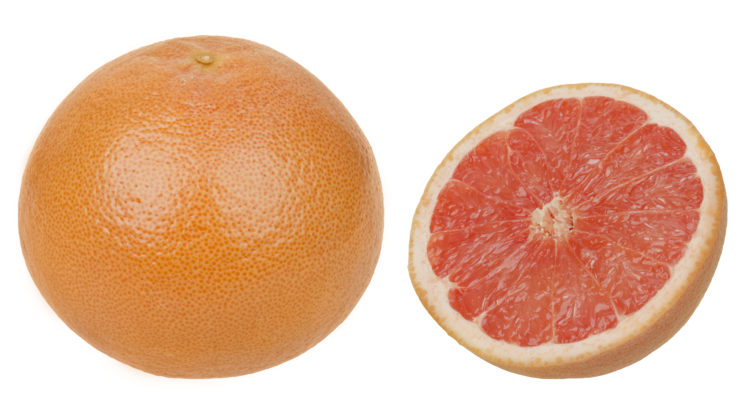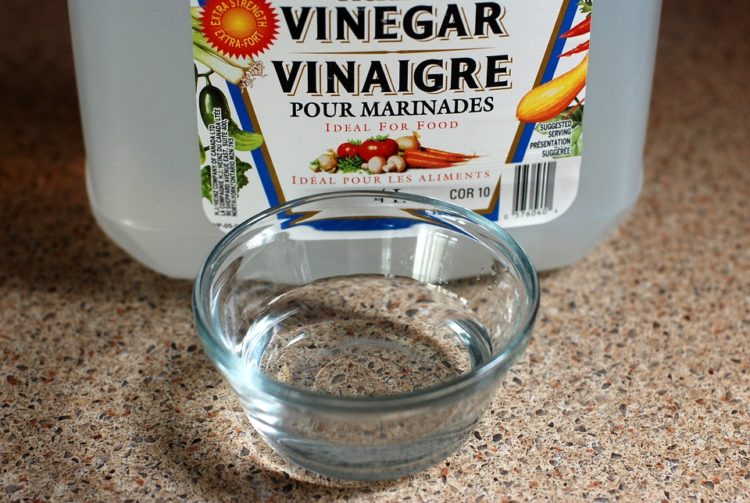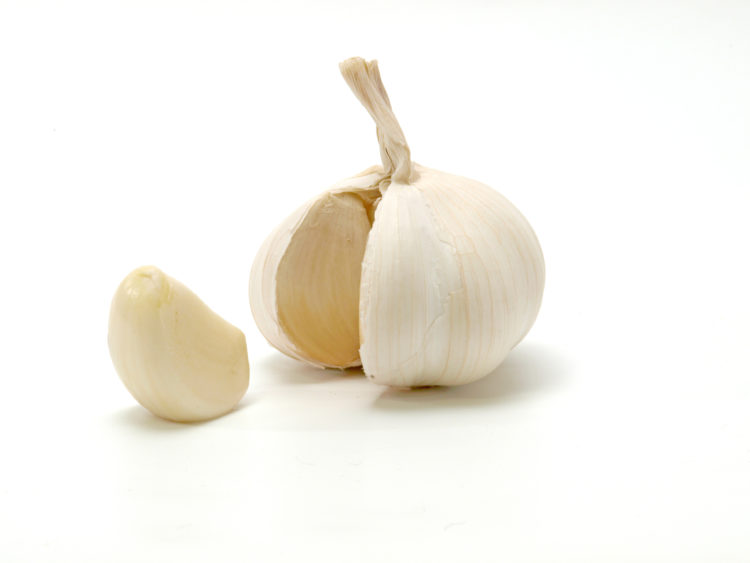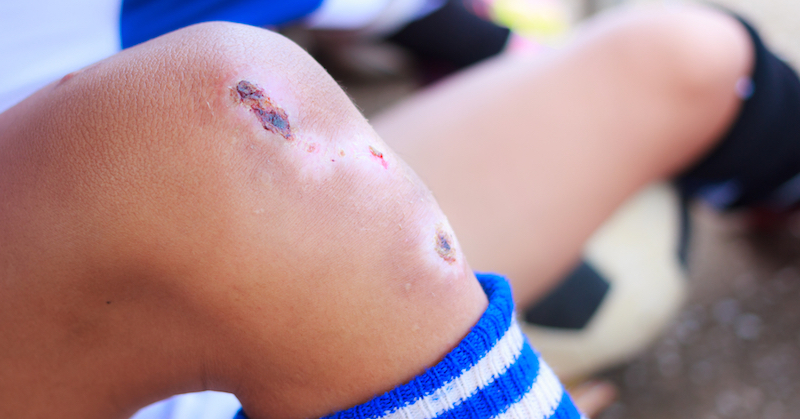Impetigo is a highly contagious skin condition that typically occurs on the face, neck, hands and diaper area of children and infants. While it is rare in adults, it is possible for the infection to pass from child to parent in the absence of proper treatment methods.
Types and Symptoms of Impetigo
The first type of impetigo is non-bullous impetigo, which results in sores that rapidly break and leave a yellow-brown crust. This type of impetigo makes up for roughly 70% of all cases.
Symptoms of non-bullous impetigo include:
- Red, itchy sores around the mouth and nose
- Rapid bursting of sores resulting in excretion of fluid or pus
- Thick, yellow, brown or golden crusts left after sores have burst
The second type of impetigo is known as bullous impetigo and it results in large but painless fluid-filled blisters.
Symptoms of bullous impetigo include:
- Fluid-filled, itchy blisters on the trunk, legs and arms
- Fever
- Swollen glands
- Yellow crusts where blisters eventually burst
Causes of Impetigo
Impetigo is caused by staphylococcus aureus and streptococcus pyogenes. Both bacteria exist harmlessly on human skin; complications typically arise when a cut or wound is not taken care of.
However, there have been cases of impetigo being sparked without a cut.
The disease can spread quickly through contact with objects an infected person has touched such as bed sheets, towels, toys and clothing.
Once you’ve consulted with your child’s doctor and a diagnosis of impetigo has been reached, your child will likely be prescribed antibiotics. However, in milder cases, your doctor may recommend one of the following natural treatments.
1. Grapefruit Seed Extract

Grapefruit seed extract is a powerful antioxidant and non-toxic disinfectant that can prove incredibly helpful for topical skin infections like impetigo.
Do not apply the grapefruit seed extract to the skin undiluted, as it will likely cause burning. Instead, create a solution using 1 tablespoon of water and 10 drops of grapefruit seed extract. Swab the affected area of your child’s skin with this solution three times a day.
2. Aloe Vera Gel

Aloe vera gel is a calming, soothing substance that can reduce the itchiness and inflammation associated with impetigo. It is also an antibacterial substance, which makes it ideal for battling the infection at the root and preventing its spread.
Simply apply the gel to the affected areas of your child’s skin. You do not need to wash the gel off.
3. Vinegar

Vinegar can work wonders for removing the itchy, crusted layers caused by impetigo.
Prepare a solution by adding 5-6 drops of vinegar to half a cup of warm water. Soak the infected area in this solution for 20 to 30 minutes. If much of your child’s body is infected, you may wish to scale up this procedure and place him or her in a bath of vinegar water.
After 20 to 30 minutes, begin gently removing the crust, which will then be softened, and rinse the area(s) off with cool water.
4. Raw Garlic

Garlic is one of the best natural infection fighters. If your child is suffering from impetigo, add one to two cloves of garlic to your child’s diet each day to boost your child’s immune system and treat the impetigo faster.
Sources:
DrWeil.com
Jon Barron
SearchHomeRemedy.com
The Daily Mail
Health And Homestead
U.S. National Library of Medicine


